Developing tourism in the Mekong River Delta region
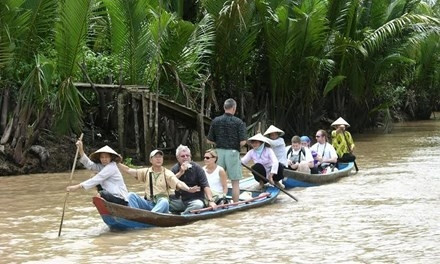 |
The master plan aims to develop tourism commensurate with the region’s potentials and affirm its important position on Vietnam’s tourism map.
Meanwhile, the plan also aims to create a driving force for socio-economic development, improving people's lives in the region and promoting a positive image of the Mekong River Delta to domestic and international visitors.
Covering an area of 40, 576 square kilometres, the Mekong River Delta region includes Can Tho city and the 12 provinces of An Giang, Ben Tre, Bac Lieu, Ca Mau, Dong Thap, Hau Giang, Kien Giang, Soc Trang, Long An, Tien Giang, Tra Vinh and Vinh Long provinces.
The region hopes to welcome 34 million tourists, including 3.5 million foreigners by 2020 and 52 million arrivals with 6.5 million foreigners by 2030. The region targets total revenue of VND 25 trillion (US$1.12 billion) by 2020 and VND 111 trillion (US$5 billion) by 2030.
To achieve those goals, the region will focus on developing attractive tourism products and national tourism areas.
Building tourism products
Basing on the region’s potentials and advantages, it should give priority to developing specific tourist products of the Mekong River Delta, such as experiencing life on the river, ecological tourism, tours to cultural heritages, while also improving the quality of current key products, including sea and island resort tourism and entertainment tourism.
It should also diversify tourism products with supplementary products, including community tourism, farming and agri-tourism, discovery tours to historical sites, and Meetings, Incentives, Conferences and Exhibitions (MICE) tourism.
The Mekong River Delta region is expected to develop foreign tourism markets such as Northeast Asia, North America and West Europe.
Apart from the international market, the region will also focus on the domestic market, with visitors from Southeast region, Ho Chi Minh City, Hanoi and Danang.
Developing five national tourism zones
The plan will develop five national tourism areas, namely Thoi Son in Long Lan Quy Phung island in the Tien river between Tien Giang and Ben Tre provinces, Phu Quoc island in Kien Giang province, Nam Can – Mui Ca Mau in Ca Mau province, Tram Chim – Lang Sen in Long An and Dong Thap provinces and Nui Sam in An Giang province.
It also focuses on seven tourist sites – the Happy Land entertainment complex in Long An province, Cu Lao Ong Ho in An Giang province, the Commemorative Site for the Southern Don Ca Tai Tu and Cao Van Lau traditional music in Bac Lieu province, Ninh Kieu Wharf in Can Tho city, Ha Tien town in Kien Giang province, Van Thanh Mieu in Vinh Long province and Ao Ba Om in Tra Vinh province.
The plan also aims to develop Can Tho city and Phu Quoc Island into tourism centres for the region and develop My Tho city in Tien Giang province into a tourism centre of the region’s eastern tourism zone.
Based on the network of inter-regional tours, specific tours such as forest, sea, the Dong Thap Muoi wetlands, U Minh, and Nam Can and rural exploration ecological tours will be created.
The region will also develop national and international tourism tours in collaboration with HCM City, Can Tho city and Ca Mau province such as the south coastal corridor route (Thailand – Cambodia – Rach Gia – Ca Mau) and tours via international border gates Ha Tien, Tinh Bien in An Giang province, Dinh Ba, Thuong Phuoc, in Dong Thap, and Binh Hiep in Long An.
There will also be sea routes via ports in Can Tho and Phu Quoc and waterway routes on the Tien and Hau rivers to Phnom Penh and Seam Reap in Cambodia.
International air tourism will be increased as well by upgrading and expanding Can Tho and Phu Quoc international airports.
What the stars mean:
★ Poor ★ ★ Promising ★★★ Good ★★★★ Very good ★★★★★ Exceptional
Latest News
More News
- Vietjet receives latest aircraft from Airbus in France (October 08, 2024 | 18:02)
- Telling travel stories through movies (October 08, 2024 | 14:00)
- South Korean tourists lead Vietnam’s tourism revival (October 08, 2024 | 11:49)
- Vietnam a golden land for golf tourism (October 08, 2024 | 11:41)
- Con Dao leads the way in circular tourism (October 08, 2024 | 08:00)
- Nestlé and VNAT announce new cooperation initiative (October 02, 2024 | 15:43)
- Hanoi recognises new city-level tourist areas (September 27, 2024 | 20:25)
- Hue to host 2025 National Tourism Year (September 19, 2024 | 15:13)
- Hoa Binh Group consolidates leading position in Vietnam’s MICE industry (September 11, 2024 | 14:26)
- Ba Ria-Vung Tau targets high-quality business tourism (September 10, 2024 | 09:00)



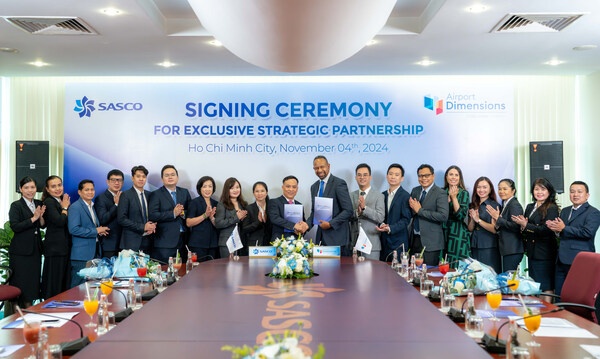
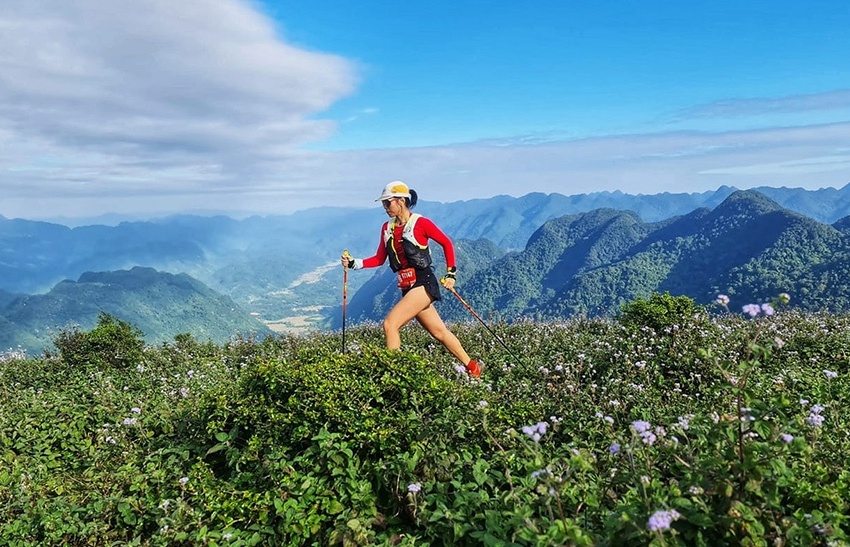
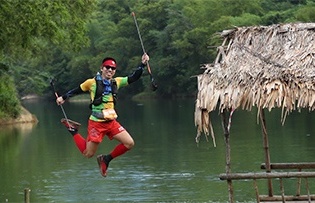
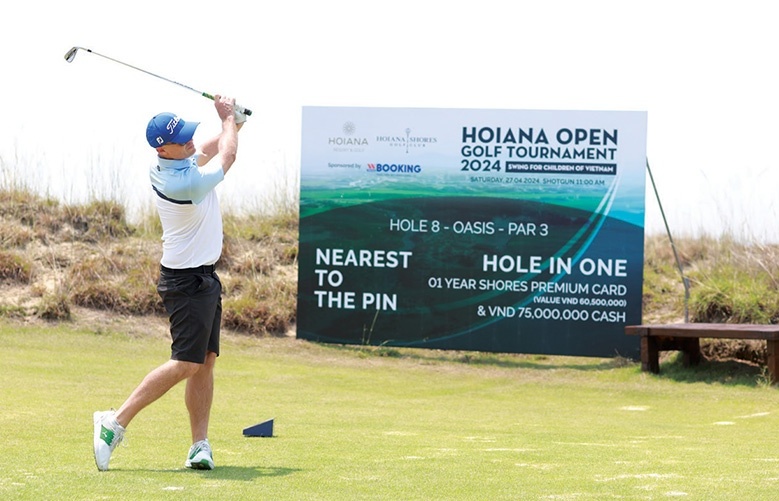
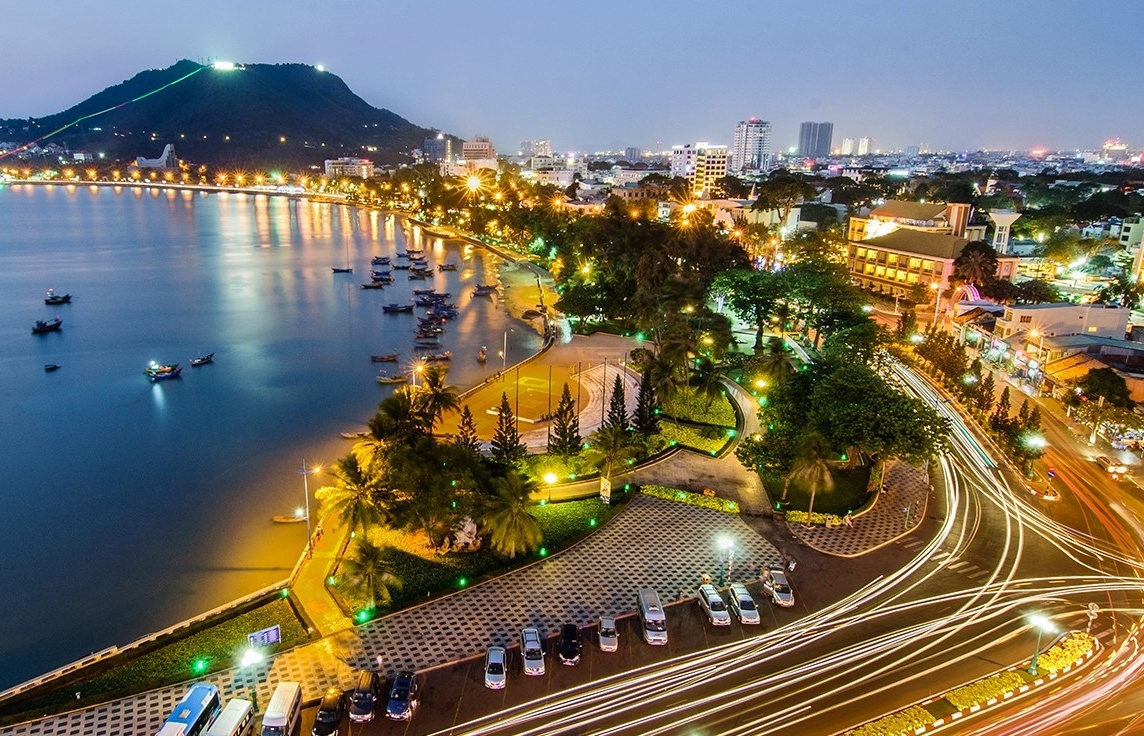
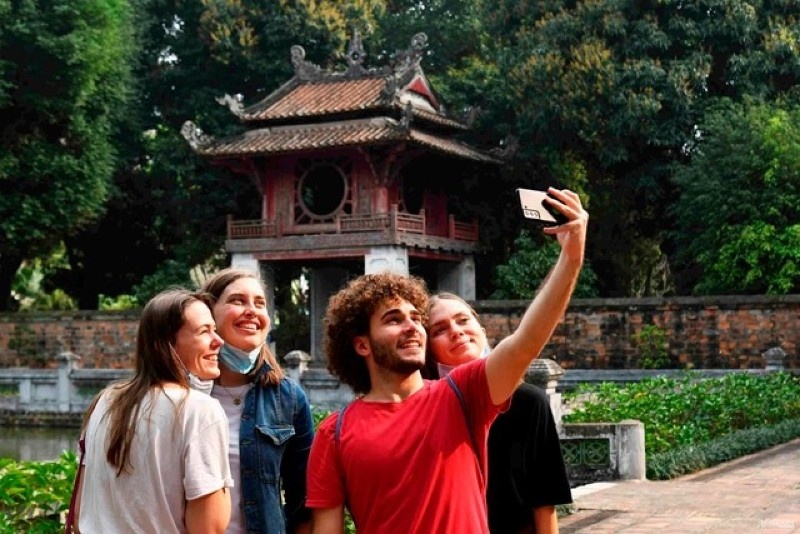



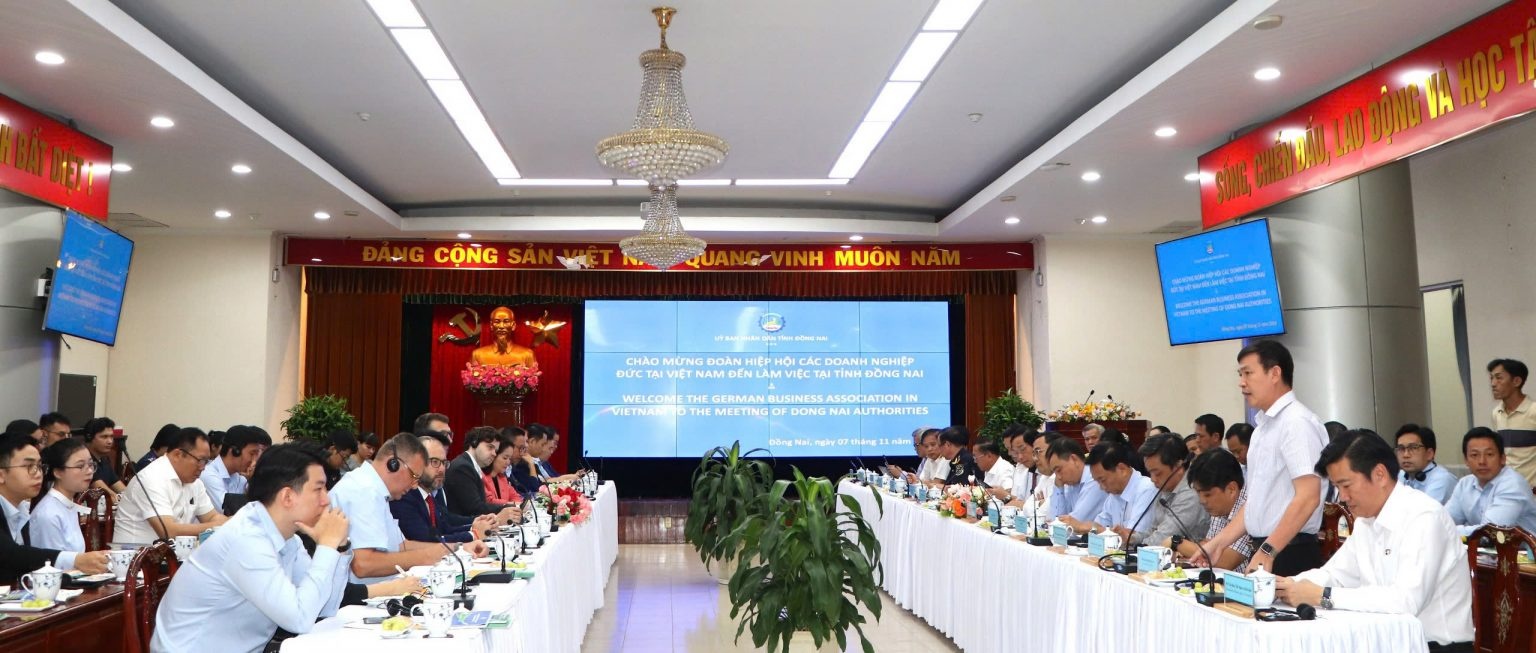




 Mobile Version
Mobile Version